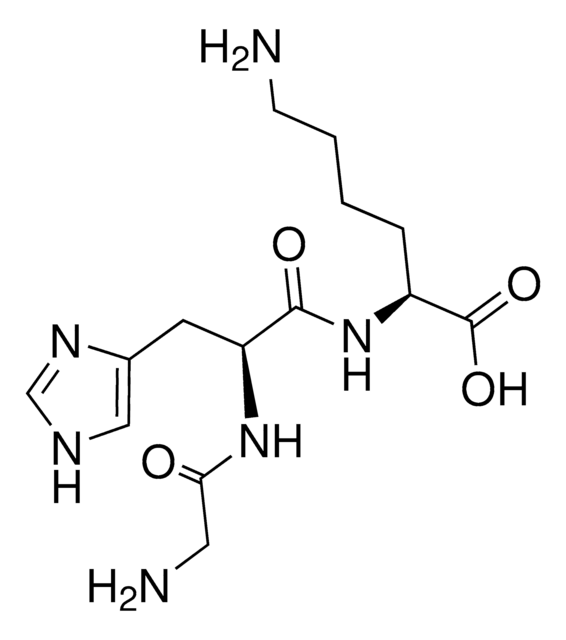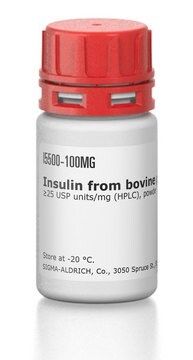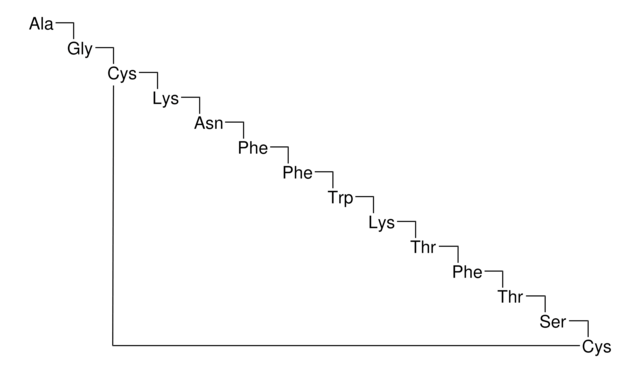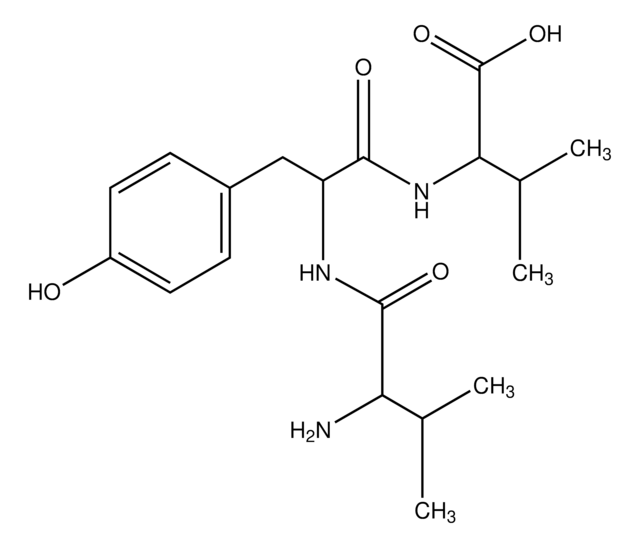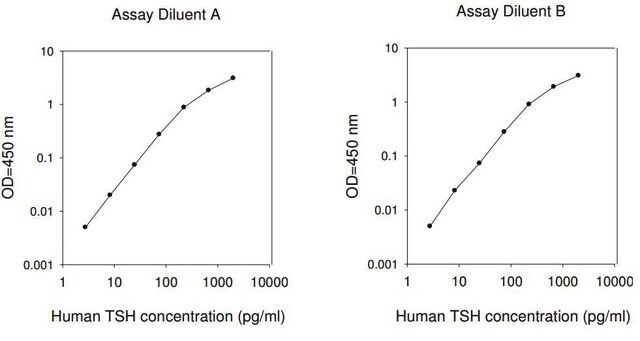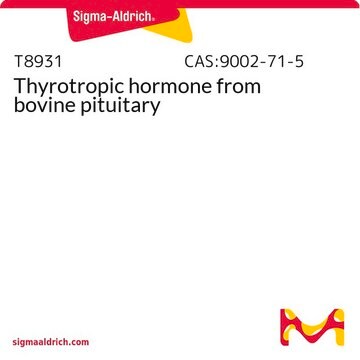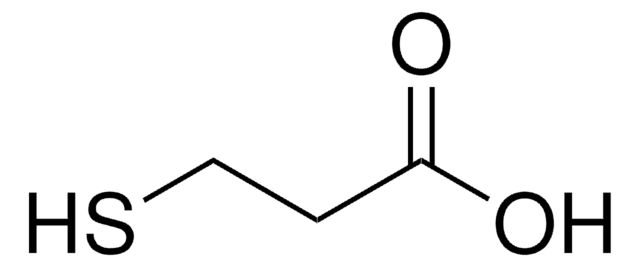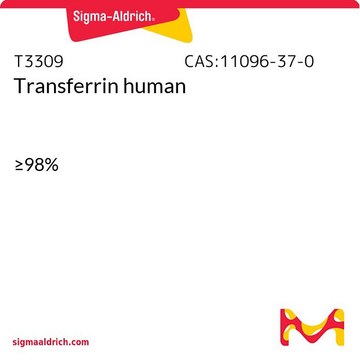G1887
Gly-His-Lys acetate salt
≥97% (TLC)
Synonym(s):
Liver cell growth factor
About This Item
Recommended Products
Assay
≥97% (TLC)
composition
Peptide content, ~70%
storage temp.
−20°C
SMILES string
CC(O)=O.NCCCC[C@H](NC(=O)[C@H](Cc1c[nH]cn1)NC(=O)CN)C(O)=O
InChI
1S/C14H24N6O4.C2H4O2/c15-4-2-1-3-10(14(23)24)20-13(22)11(19-12(21)6-16)5-9-7-17-8-18-9;1-2(3)4/h7-8,10-11H,1-6,15-16H2,(H,17,18)(H,19,21)(H,20,22)(H,23,24);1H3,(H,3,4)/t10-,11-;/m0./s1
InChI key
MGNUTAFMLGJBGV-ACMTZBLWSA-N
Looking for similar products? Visit Product Comparison Guide
Amino Acid Sequence
General description
Application
- individually or as a complex with copper to test its effect on cytokines production in the human normal fibroblasts cell lines
- as a model peptide in N,N-dimethyl-N-methacryloxyethyl-N-(3-sulfopropyl)ammonium betaine based capillary electrophoresis separation studies
- as a component of Coon′s modified Ham′s F-12 medium for culturing Fischer rat thyroid follicular cell line, FRTL-5
Biochem/physiol Actions
Packaging
Storage Class Code
11 - Combustible Solids
WGK
WGK 3
Flash Point(F)
Not applicable
Flash Point(C)
Not applicable
Certificates of Analysis (COA)
Search for Certificates of Analysis (COA) by entering the products Lot/Batch Number. Lot and Batch Numbers can be found on a product’s label following the words ‘Lot’ or ‘Batch’.
Already Own This Product?
Find documentation for the products that you have recently purchased in the Document Library.
Customers Also Viewed
Our team of scientists has experience in all areas of research including Life Science, Material Science, Chemical Synthesis, Chromatography, Analytical and many others.
Contact Technical Service